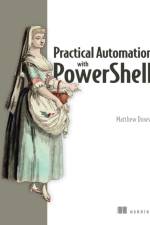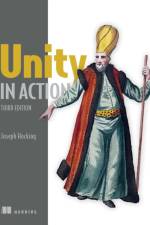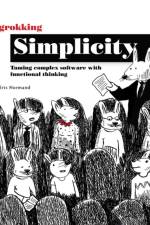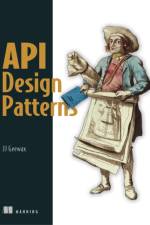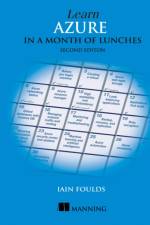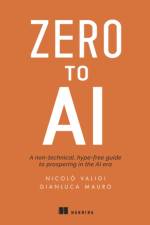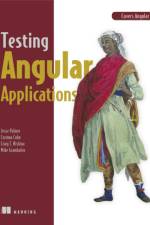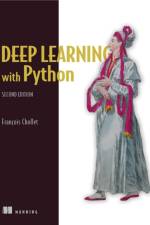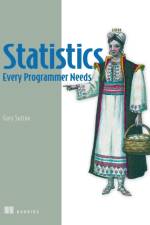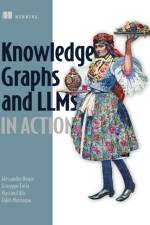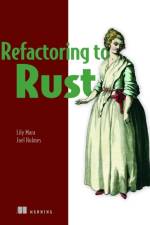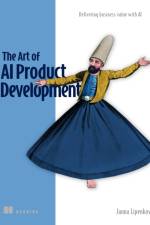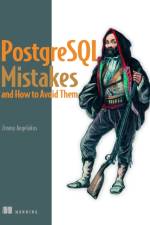av Elton Stoneman
707
Learn Kubernetes in a Month of Lunches is your guide to getting up and running with Kubernetes.Summary In Learn Kubernetes in a Month of Lunches you'll go from "what’s a Pod?" to automatically scaling clusters of containers and components in just 22 hands-on lessons, each short enough to fit into a lunch break. Every lesson is task-focused and covers an essential skill on the road to Kubernetes mastery. You'll learn how to smooth container management with Kubernetes, including securing your clusters, and upgrades and rollbacks with zero downtime. No development stack, platform, or background is assumed. Author Elton Stoneman describes all patterns generically, so you can easily apply them to your applications and port them to other projects! Purchase of the print book includes a free eBook in PDF, Kindle, and ePub formats from Manning Publications. About the technology Create apps that perform identically on your laptop, data center, and cloud! Kubernetes provides a consistent method for deploying applications on any platform, making it easy to grow. By efficiently orchestrating Docker containers, Kubernetes simplifies tasks like rolling upgrades, scaling, and self-healing. About the book Learn Kubernetes in a Month of Lunches is your guide to getting up and running with Kubernetes. You'll progress from Kubernetes basics to essential skills, learning to model, deploy, and manage applications in production. Exercises demonstrate how Kubernetes works with multiple languages and frameworks. You'll also practice with new apps, legacy code, and serverless functions. What's inside Deploying applications on Kubernetes clusters Understanding the Kubernetes app lifecycle, from packaging to rollbacks Self-healing and scalable apps Using Kubernetes as a platform for new technologies About the reader For readers familiar with Docker and containerization. About the author Elton Stoneman is a Docker Captain, a 11-time Microsoft MVP, and the author of Learn Docker in a Month of Lunches. Table of Contents PART 1 - FAST TRACK TO KUBERNETES 1 Before you begin 2 Running containers in Kubernetes with Pods and Deployments 3 Connecting Pods over the network with Services 4 Configuring applications with ConfigMaps and Secrets 5 Storing data with volumes, mounts, and claims 6 Scaling applications across multiple Pods with controllers PART 2 - KUBERNETES IN THE REAL WORLD 7 Extending applications with multicontainer Pods 8 Running data-heavy apps with StatefulSets and Jobs 9 Managing app releases with rollouts and rollbacks 10 Packaging and managing apps with Helm 11 App development—Developer workflows and CI/CD PART 3 - PREPARING FOR PRODUCTION 12 Empowering self-healing apps 13 Centralizing logs with Fluentd and Elasticsearch 14 Monitoring applications with Kubernetes with Prometheus 15 Managing incoming traffic with Ingress 16 Securing applications with policies, contexts, and admission control PART 4 - PURE AND APPLIED KUBERNETES 17 Securing resources with role-based access control 18 Deploying Kubernetes: Multinode and multiarchitecture clusters 19 Controlling workload placement and automatic scaling 20 Extending Kubernetes with custom resources and Operators 21 Running serverless functions in Kubernetes 22 Never the end





